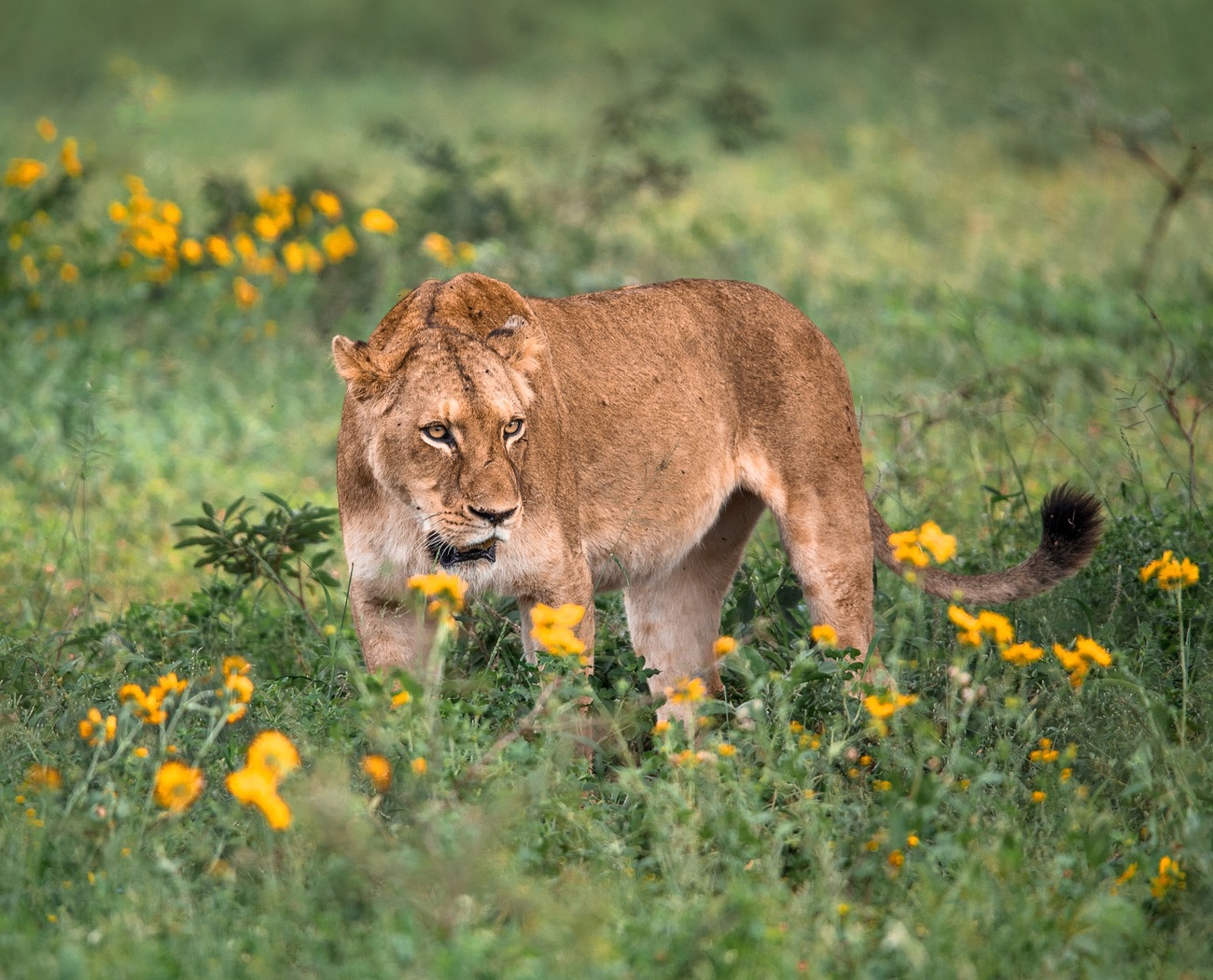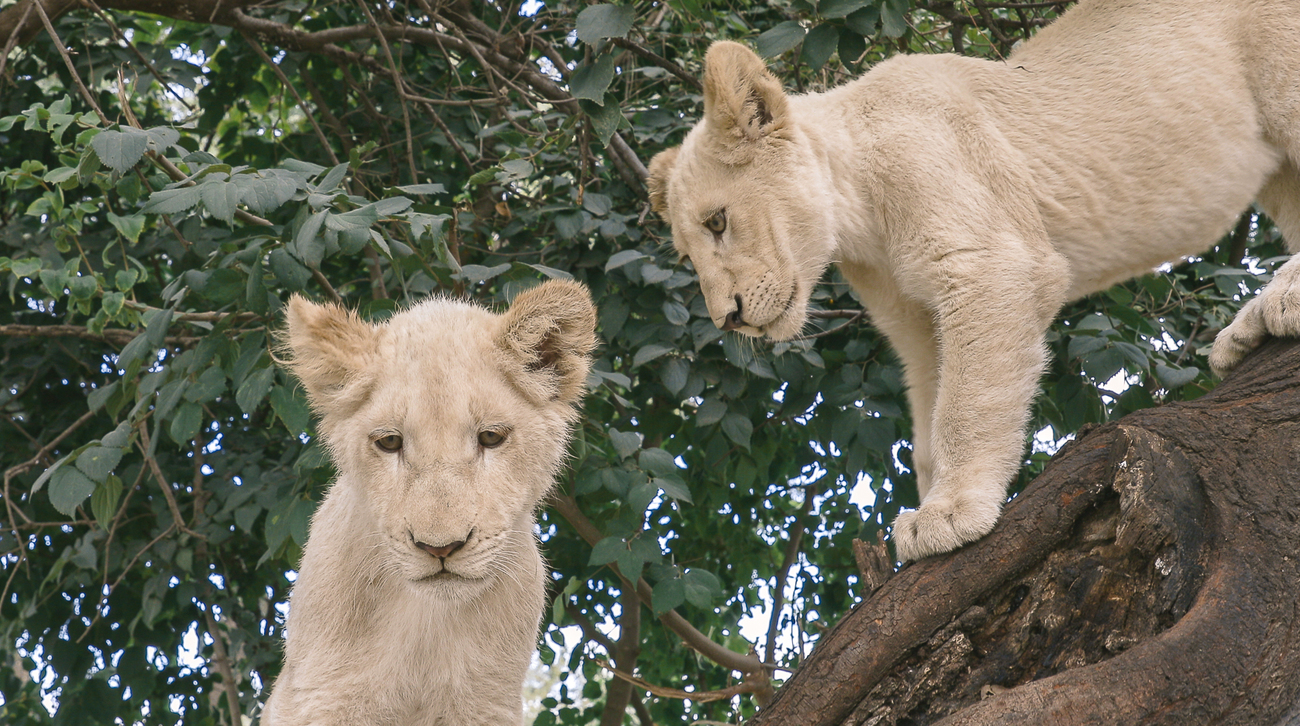Big Cats in Captivity Rescue and Advocacy - United States
There are more tigers in captivity in the United States than there are in the wildthe Big Cat Public Safety Act can help protect lions and tigers in the wild
the Big Cat Public Safety Act can help protect lions and tigers in the wild

The alarming number of captive-bred big cats in the United States has made international headlines over the years, and in February 2019 U.S. lawmakers re-introduced a bill aimed at minimizing dangerous situations that result from the poorly regulated U.S. big cat trade. The Big Cat Public Safety Act (H.R. 1380/S. 2561) will prohibit individuals who are not licensed by the United States Department of Agriculture from owning big cats, and it will also restrict direct contact between big cats and the public. Not only will this reduce risks to people and improve the welfare of big cats in the U.S., but it can help prevent captive and wild populations of tigers, lions and other threatened species from being illegally slaughtered and poached to supply the global wildlife trade.
An estimated 3,200 to 3,500 tigers remain in the wild, and reports suggest that the current captive tiger population in the U.S. might be nearly twice that figure, though it is impossible to ascertain exact numbers. Current laws are lax and riddled with loopholes, and in many cases owners are not required to report that they are housing dangerous animals or the conditions in which the animals are kept. The total number of all captive big cats in the U.S. is clouded with the same uncertainty, with estimates ranging between 5,144 and 10,000 for African lions, tigers, pumas, cheetahs, leopards, jaguars, snow leopards and hybrids like "ligers." This lack of data makes it easy for these animals to slip through the cracks embedded in U.S. policy, thus providing criminals with an opportunity to capitalize on the growing global market for big cat parts and products.
Even if most captive tigers and lions in the U.S. are not being killed and shipped overseas, keeping these imperiled animals in backyards and petting zoos does nothing to benefit global big cat conservation efforts. Wildlife parks allowing visitors to have contact with big cat cubs have become increasingly popular across the world, and they are often disguised as sanctuaries, creating further confusion. While the overwhelming majority of reputable wildlife conservation organizations oppose cub handling, it is currently legal in the U.S., though legislation varies by state and county. In order to satisfy the demand for cub handling and photo ops, hundreds of big cat cubs are bred in the U.S. each year, but rarely with an adequate management plan for when they reach maturity.
Beyond the mismanagement of captive-bred big cats in the states, normalizing contact with wildlife encourages individuals to seek these experiences in other countries. Popular parks in Thailand and China that offer tiger petting experiences have been exposed for slaughtering their cats to supply the bone trade, while venues in South Africa advertising lion cub petting have been caught selling cats to the canned hunt industry. There is also mounting evidence that lion bones are quickly becoming an acceptable alternative to tiger bones, thus helping to fuel the growth of the big cat parts and products trade. After all, in South Africa it’s perfectly legal to breed lions — and export up to 800 of their skeletons each year, with no firm statistics on how many more may be traded illicitly. (In 2018 officials attempted to raise the cap to 1,500, but after public outcry, they decided to uphold the legal limit from the previous year.)
In 2018 I visited a famous cub petting park in South Africa to obtain footage for my documentary, "In the Shadows of Lions," which examines the balance between sustainable tourism, digital media and conservation efforts. I was horrified to see cubs smacked with brooms and forced to cooperate with selfie-seeking tourists, but I was equally appalled by park operators’ dishonesty about the facility’s breeding policy. When I inquired about the origin of the cubs in the "interaction" program, one staffer stated that the animals came from “private lions” separated from “other lions” in the park. While taking a vehicle tour to see the “other lions,” I was told they were on birth control or vasectomized, but that didn’t’t seem to be the case. I observed at least half a dozen tiny cubs in several enclosures, and I also filmed lions mating, plus a lioness with an abnormally saggy belly, undoubtedly the result of speed breeding to mass produce cubs for petting. It was clear to me that the cats’ reproduction was not being managed and, if anything, they might actually be encouraged to mate. One question haunted me: what happens to all of these cubs when they are too large to pose for tourist selfies?

As long as it remains legal for skeletons from captive-bred lions to be exported from South Africa, and as long as canned hunt outfitters can find holes in the laws, we have to accept the horrifying reality that many of these cubs are being bred to be killed. With a rising demand for both lion and tiger parts, not only are we seeing more captive-bred cats being slaughtered, but a number of experts believe it will result in an increase in poaching incidents. Wild big cat parts are preferred to those from "farmed” animals, so breeding lions and tigers for their parts only increases the overall demand, further threatening wild populations. When considering the socioeconomics of the illegal global wildlife trade, which is valued at an estimated $10-23 billion USD each year, there is even more incentive to poach wild big cats, as it is far less costly than farming them.
Despite the fact that this information is splashed all over the internet, people still come in droves to document their encounters with lion cubs. Perhaps some do not know any better, and others do not care, but if individual nations — including the U.S. — ban cub petting, it will be far easier to help consumers and tourists make informed decisions. If education and legislation can change the way we see these animals, and therefore change our behavior towards them, it could prompt a global movement. Social media and digital publishers will be key tools for raising awareness and promoting advocacy, and while it’s an admittedly idealistic view, it is the best shot we have at re-shaping culture — and wildlife protection policies.
Although it would only directly address the U.S. trade, the Big Cat Public Safety Act could influence lawmakers in Asia and Africa, where breeding of captive big cats is also pervasive. For instance, shortly after the U.S. banned the sale of African elephant ivory, Chinese leaders revised their nation’s ivory policies; so by improving our own wildlife protection laws, the U.S. can positively impact the policies and practices in countries grappling with similar conservation challenges. By enacting the Big Cat Public Safety Act, we can establish the credibility needed to help reform management of captive tigers and other big cats around the world. Put simply, if we are going to ask other nations to shut down their tiger and lion farms, we must be first be willing to stop the irresponsible breeding of big cats within our own borders.
Fortunately, the Big Cat Public Safety Act has momentum. The bill passed the House Natural Resources Committee in late 2019, and a companion measure has been introduced in the U.S. Senate. If this bill is signed into law, it will be a major victory for conservationists all over the world, so it is critical that the American people educate themselves about this proposed legislation — and encourage their elected officials to support it.
-Elisabeth Brentano
Elisabeth Brentano is a writer and photographer based in California, but her passion for nature takes her all over the world to produce travel and environmental content.
Instagram: @elisabethontheroad
Related content
Our work can’t get done without you. Please give what you can to help animals thrive.